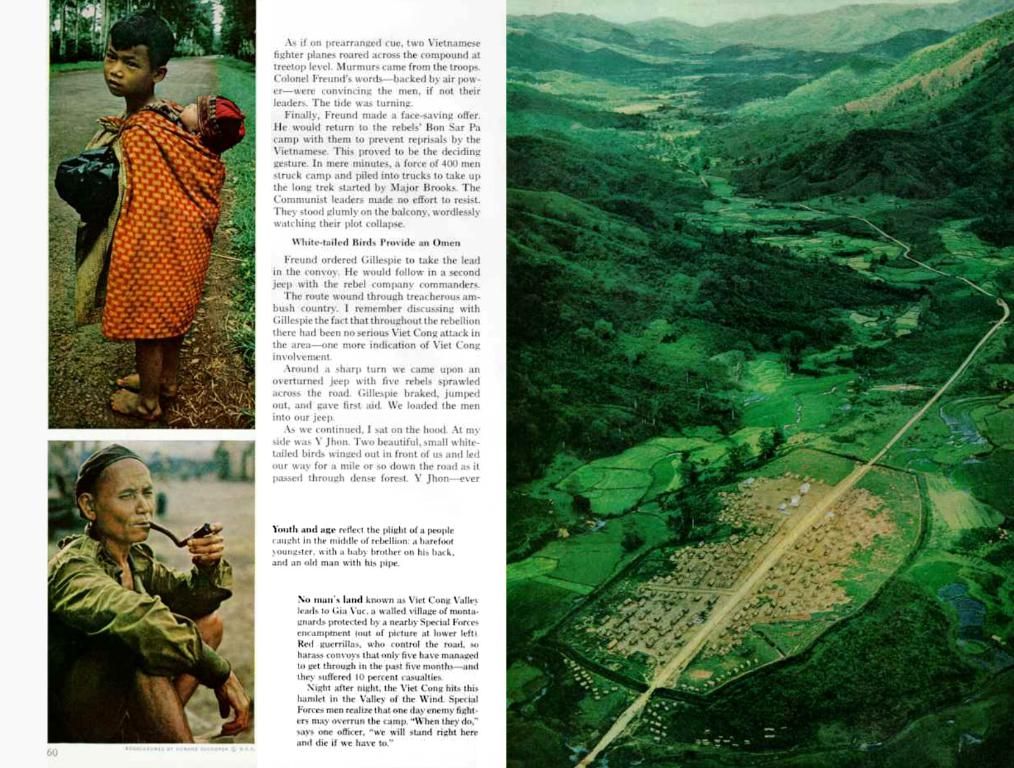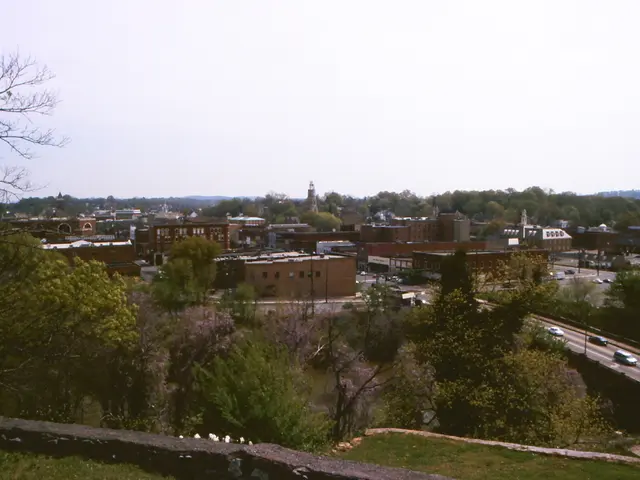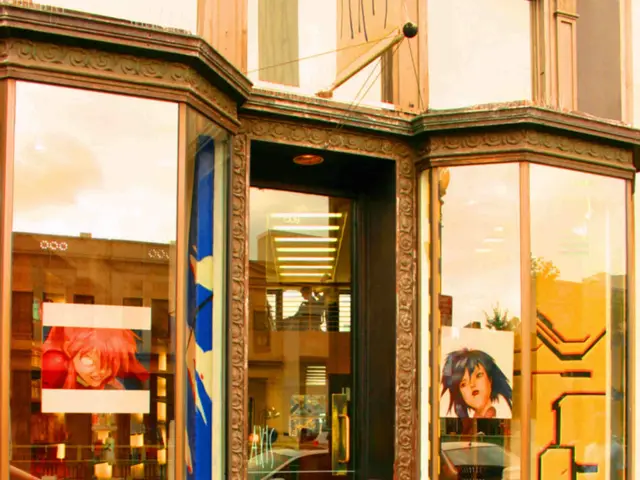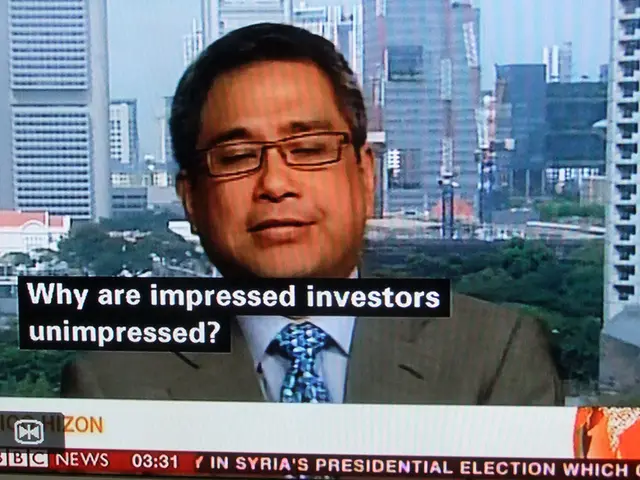Dark Waves in East Germany: The Growth of Gothic Music Pre-1990
History of the "Goth Scene": From WGT to Gruftis and Other Iconic Bands
Hey there! Here's a peek into the evolution of Gothic music in the east during the 80s, a time filled with underground movements and the repression of communist rule. Let me take you on a journey through the key players and bands that shaped this scene:
Background and Influences
- Underground Vibes: Punk rock, born in the late 70s, provided the foundation for alternative expression in East Germany. The anti-establishment ethos of punk appealed to youth yearning for freedom under communist rule. Though punk didn't directly lead to Gothic music, it paved the way for other unconventional genres to emerge.
- Western Tunes: Despite state control, East German youth managed to sneak in Western music through various means, such as West Berlin radio broadcasts and smuggled cassette tapes. This exposed them to post-punk and pioneering gothic rock bands from the UK and the West.
The Rise of Gothic and Dark Wave in East Germany
- Ornament & Verbrechen: This band, formed in 1983, is often hailed as one of the first Gothic bands in the East. Known for their dark sound and melancholic lyrics, they mirrored the mood of suppression and escapism in the GDR.
- The Art: This band, though less documented, added to the growing interest in darker, introspective sounds.
- The Vision: Information on this band is scarce, but they were part of the broader movement exploring themes of darkness and introspection through music.
- Rosengarten and Love is Colder than Death: Though not as tied to the early Gothic scene in the East, these bands were part of the broader underground movement encompassing dark wave and post-punk.
Challenges and Impact
- Censorship and Repression: The communist government strictly monitored cultural activities, fostering a hidden underground scene. Bands usually performed in secret, often circulating their music through unofficial networks.
- Cultural Weight: The emergence of these bands and the broader Gothic and dark wave scenes in the East served as a form of resistance and self-expression. They offered a space for young people to engage with themes of darkness, isolation, and defiance, mirroring their experiences under communist rule.
The fall of the Berlin Wall in 1989 marked a crucial turning point for these underground movements, ushering in an era of greater freedom of expression and the integration of East German musical scenes with their Western counterparts. However, thorough historical records of specific bands and their activities during this period are often limited due to the covert nature of their operations.
Don't hesitate to ask if you have more questions or want to dig deeper! And remember, more than just music, these bands represented a unique voice of rebellion and escapism in a challenging time.
In the context of the underground movements in East Germany during the 80s, Gothic and dark wave music emerged as a form of alternative expression, with bands like Ornament & Verbrechen, The Art, and Rosengarten play significant roles. These bands, along with others, were influenced by Western music that managed to sneak into East Germany, including post-punk and pioneering gothic rock bands from the UK. Their music became a form of resistance, offering young people a space to engage with themes of darkness, isolation, and defiance, mirroring their experiences under communist rule. Despite censorship and repression, the impact of these bands on pop-culture, lifestyle, and entertainment in East Germany was profound, affecting travel and the way people viewed their world.








